
Channel your inner journalist
You’ll need
- Coloured pens or pencils
- Pens or pencils
- A4 paper
- Device with access to the internet
- Example articles
- Newspapers
Before you begin
- Use the safety checklist to help you plan and risk assess your activity. Additional help to carry out your risk assessment, including examples can be found here. Don’t forget to make sure all young people and adults involved in the activity know how to take part safely.
- Make sure you’ll have enough adult helpers. You may need some parents and carers to help if you’re short on helpers.
Running this activity
- Get some local newspapers. Look through and see if there are any stories about homelessness (or that feature homelessness). You may need to look at a few different papers (for example, the paper for your town as well as the one for your country). Ideally, you want a mixture of stories that frame it well and stories that don’t do such a good job.
- Don’t worry if you can’t find any examples – we’ve put some at the bottom of this page. If you use these instead, print the articles that are linked.
- You could run this activity during an online meeting. Make sure you have the links to the articles ready, and you could even use a feature like Zoom's breakout rooms for everyone to discuss in smaller groups.
Evaluate the news
- Everyone should think about how they’ve seen homelessness being described in the media. People should share any examples they can remember. Do the examples show people affected by homelessness positively?
- Give each person a few newspapers, links to articles online, or a copy of the examples below.
- Everyone should look through the articles and find any that feature homelessness or people affected by homelessness.
- Everyone should evaluate the articles in more detail. Is it a good framing of homelessness?
- Everyone should share their findings with the rest of the group.
Rewrite the news
- Everyone should choose one article that didn’t do a very good job of framing homelessness.
- Go through the article and highlight everything that needs to change. For example, big statistics without any explanation or places where causes weren’t mentioned, but could’ve been included.
- A few people should retell their article, changing all of the things they’ve highlighted to create a better narrative around homelessness. It’s up to them how they communicate – they could rewrite it, talk about it and retell it by talking, or even make a storyboard.
- Volunteers should help everyone to check their new articles are accurate and appropriate. If people aren’t sure about any of the facts they’ve included, it’s best to take them out to be safe.
- Everyone should send some of their new articles to the journalists who created the originals, with a polite explanation of why they made changes. The journalist or newspaper may even respond.
- It talks about different forms of homelessness – not just rough sleeping. It’s important that rough sleeping’s discussed, but it’s also important to raise awareness of other forms of ‘hidden’ homelessness that affect even more people.
- It mentions reasons someone became homelessness. It’s especially good if it mentions structural causes. Causes could include: government cuts to housing benefit, lack of affordable housing, or a lack of support from the council.
- It talks about what needs to change at a government or policy level to tackle, prevent, or end homelessness.
- Its tone isn’t hopeless – it reminds everyone that there’s hope for people experiencing homelessness and that things could be done to help.
- It challenges myths about homeless people, for example, by showing young homeless people or reminding people that not all homeless people use drugs.
- It humanises statistics and reminds everyone that real people are behind the numbers, for example by including real stories.
- It speaks about people experiencing homelessness with respect.
One-third of homeless sofa-surfing forced to do so for over six months.
Reasons it’s good:
- The article talks about another form of homelessness – not just rough sleeping.
- The photo also shows sofa surfing, which highlights that homelessness is more than rough sleeping.
- It talks about the root causes of sofa-surfing (for example, housing benefit levels)
early on in the article. - It challenges the idea that homelessness is an issue that mainly affects older people.
- It uses language that shows that homelessness is out of people’s control (and not a personal choice), for example, saying Danielle was ‘forced’ to sofa-surf and when Jon says people are ‘forced into this situation’.
Visible homelessness is up. But don’t forget the hidden pain of Britain’s sofa surfers.
Reasons it’s good:
- The article talks about another form of homelessness – not just rough sleeping.
- It speaks to Lucy about her story, challenging the idea that homelessness only affects men.
- It makes it clear that Lucy spent time in care (away from an abusive family), an example of why people become homeless and showing how it’s so often the fault of systems not individuals.
Drugs to blame for biggest rise in homeless deaths since records began
Reasons it’s good:
- This article takes on a really challenging topic. In some ways, it perpetuates stereotypes of rough sleepers abusing drugs or alcohol, but it also has some good points.
- A quote from Jon Sparkes (the Chief Executive of Crisis) instantly humanises the statistic in the subheading.
- It talks about hidden forms of homelessness, showing homelessness other than rough sleeping.
- The full quote from Jon Sparkes is respectful about people experiencing homelessness and reminds the reader that it’s ‘heart-breaking’ and that people experiencing homelessness deserve ‘dignity’.
- The quote also explains that the government could take action to help stop people experiencing homelessness from dying.
- John Leech’s quote emphasises the role of systems in helping people experiencing homelessness.
- Including quotes with language like ‘forced’ emphasises that homelessness is out of people’s control and not a personal choice.
Homeless deaths rise driven by ‘drug poisoning’.
Reasons it’s not great:
- The photo’s quite stereotypical. It reinforces the idea of homelessness involving rough sleeping and begging – even though begging isn’t relevant to the story. It also doesn’t show the person’s face, dehumanising them.
- The focus on deaths by drug poisoning reinforces the idea that all homeless people are drug addicts.
- The case study about Kane focuses on someone who did use drugs, reinforcing the stereotype even more.
- The case study mentions that Kane ‘had not fully engaged with the services’, without going in to why this may have been. The article mentions this before it talks about there not being ‘enough help out there’ or not ‘enough support’, giving the fact that Kane didn’t engage with services more prominence.
- The volunteer they spoke to focussed on why people used drugs, rather than anything else such as the causes of homelessness or what governments could do to help.
- There’s no mention of the root causes that force people onto the streets in the first place.
Private renters are spending £11bn a year more than they can afford on rent.
Reasons it’s not great:
- The headline has an overwhelming number that doesn’t really mean much – we can’t really imagine what £11,000,000,000 means.
- The headline also makes it sound like private renters are irresponsible or choosing to spend more than they can afford.
- Language like ‘forking out’ makes it seem like people aren’t thinking about their spending.
- The article’s statistic heavy throughout.
- However, it does provide strong solutions on how it can be prevented by structural or government changes.
- It also focuses on renters and how unaffordable renting can be, helping people understand one of the potential causes of homelessness.
Homeless families putting budgets under strain, say councils.
Reasons it’s not great:
- The headline makes it sound like homeless people are at fault or to blame.
- The image reinforces that rough sleeping is the main (or only) form of homelessness. It also shows a single man, even though the whole article is about families in temporary accommodation.
- The article itself suggests that ‘growing numbers of homeless families’ causes authorities to break their budgets, which makes it sound like it’s their fault.
- The figures in the second paragraph are meaningless for most people.
- In general, it’s quite stats heavy – this can be overwhelming and suggest homelessness is a problem we can’t solve.
- However, further down, it does talk about causes of homelessness such as ‘a gap between rents and housing benefit’ – but it could be clearer that these (not individual people) are to blame.
- It also talks about potential solutions needed, for example, building more social housing and boosting local housing allowance benefit rates.
- It also features a quote from Jon Sparkes that emphasises the importance of long-term solutions as well as potential causes of homelessness.

This activity helps contribute towards some of the UN's Sustainable Development Goals. Find out more about the SDGs, and how Scouts across the world are getting involved.
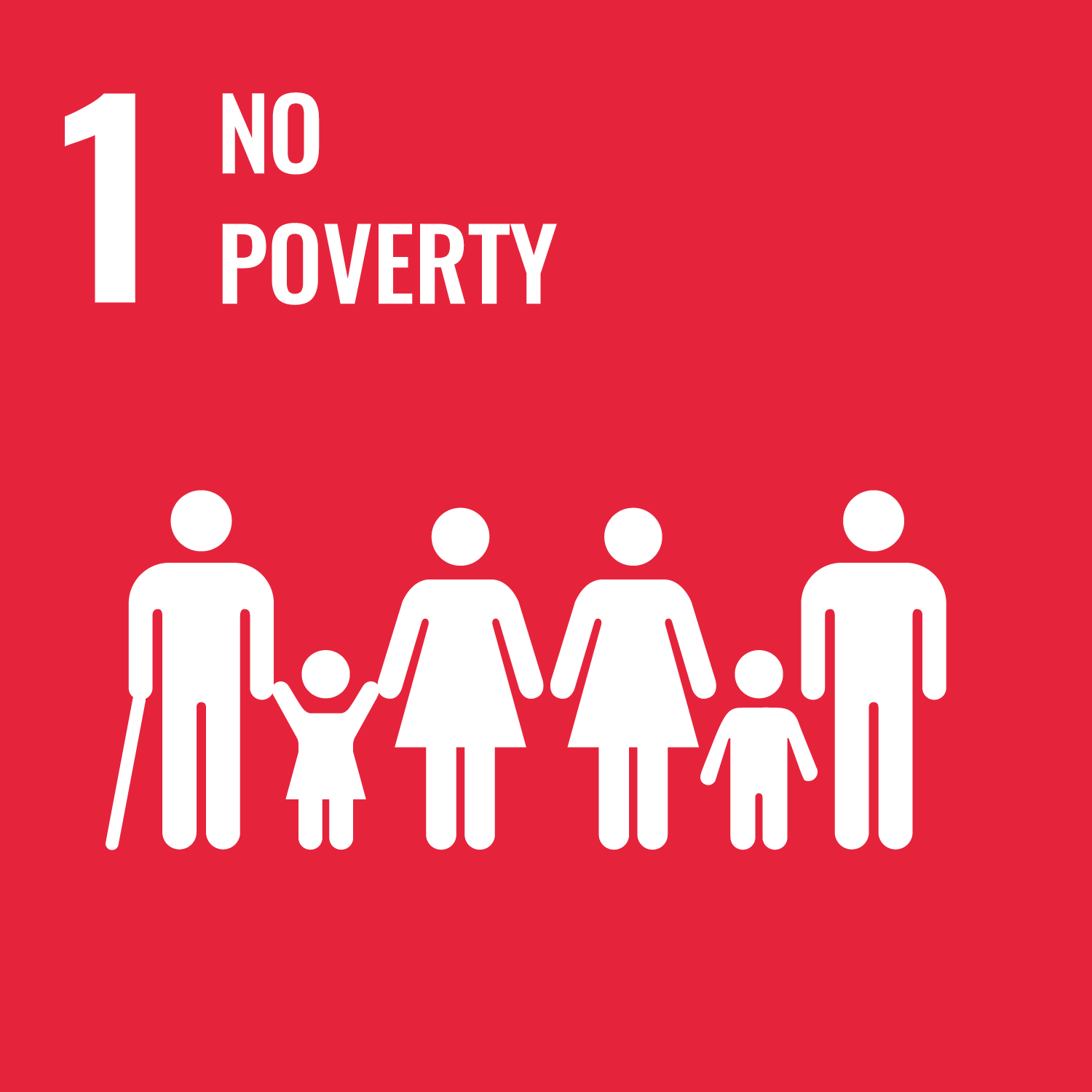
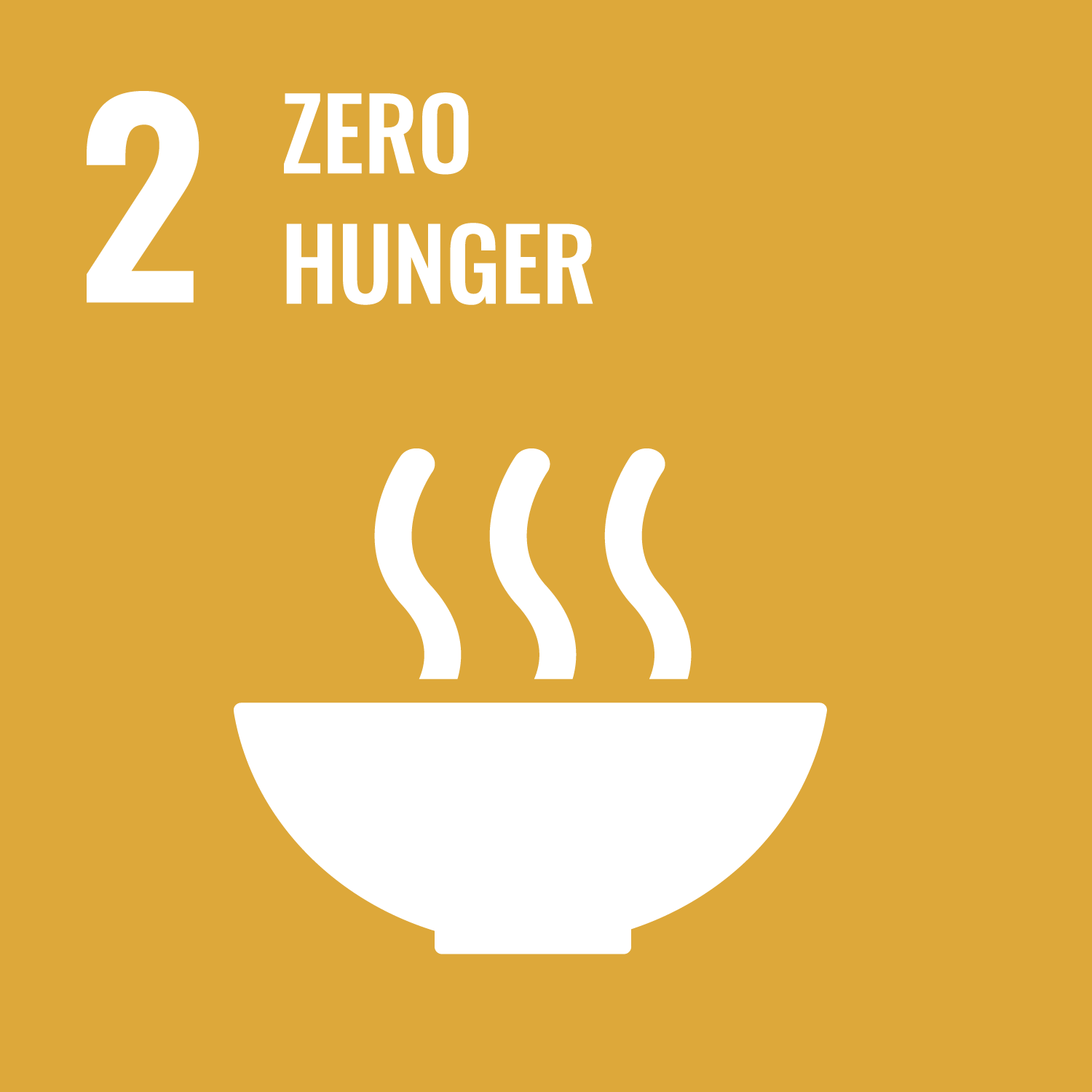
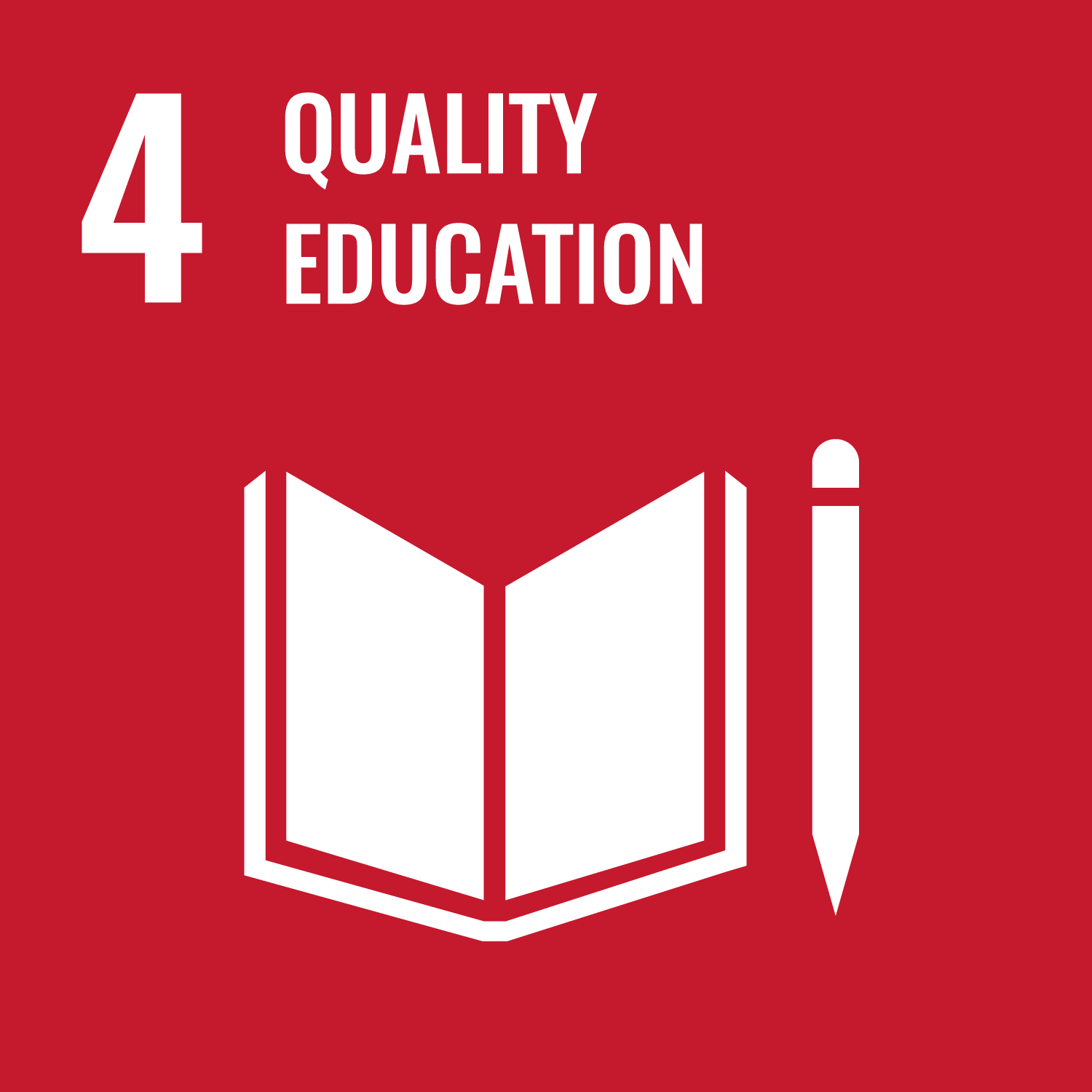
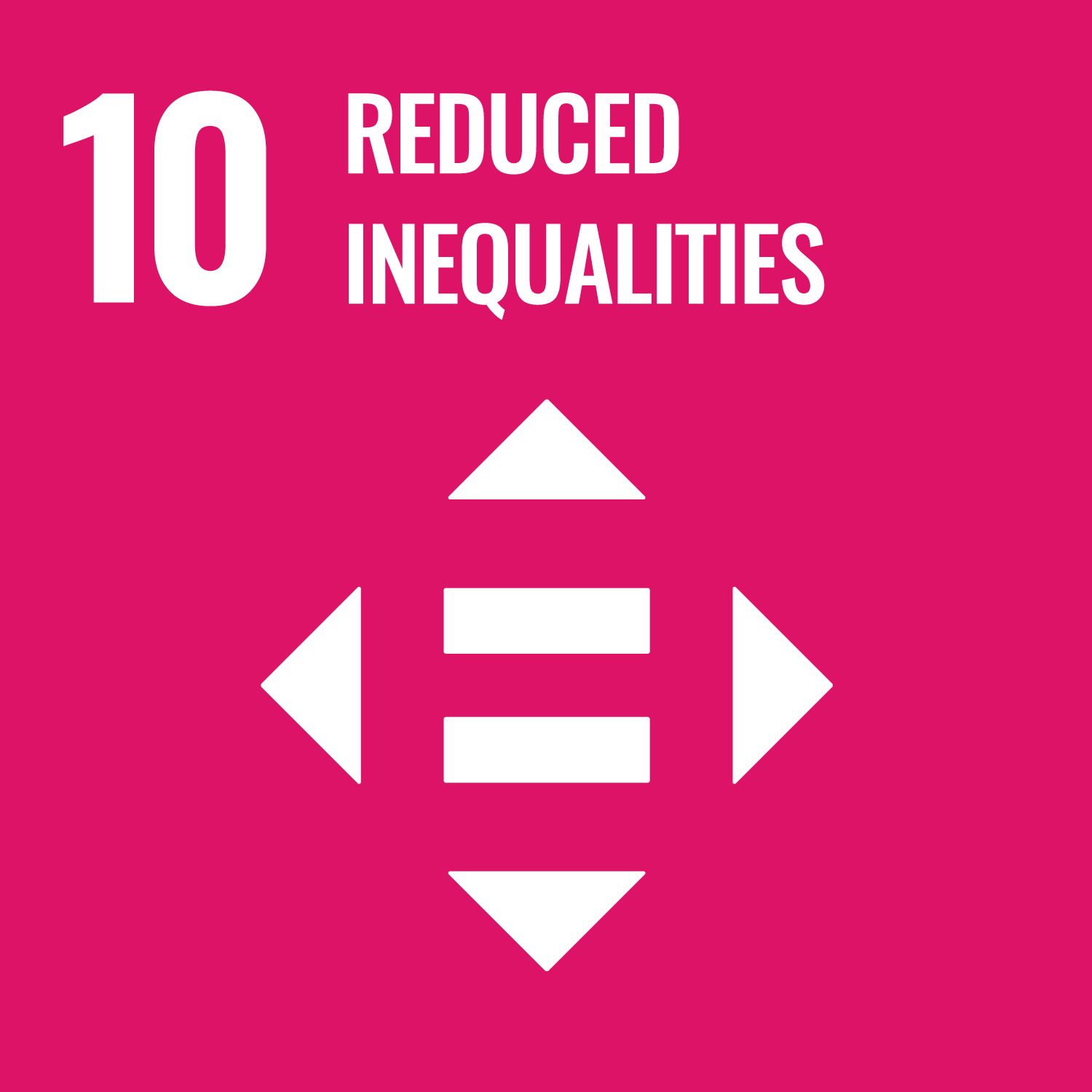
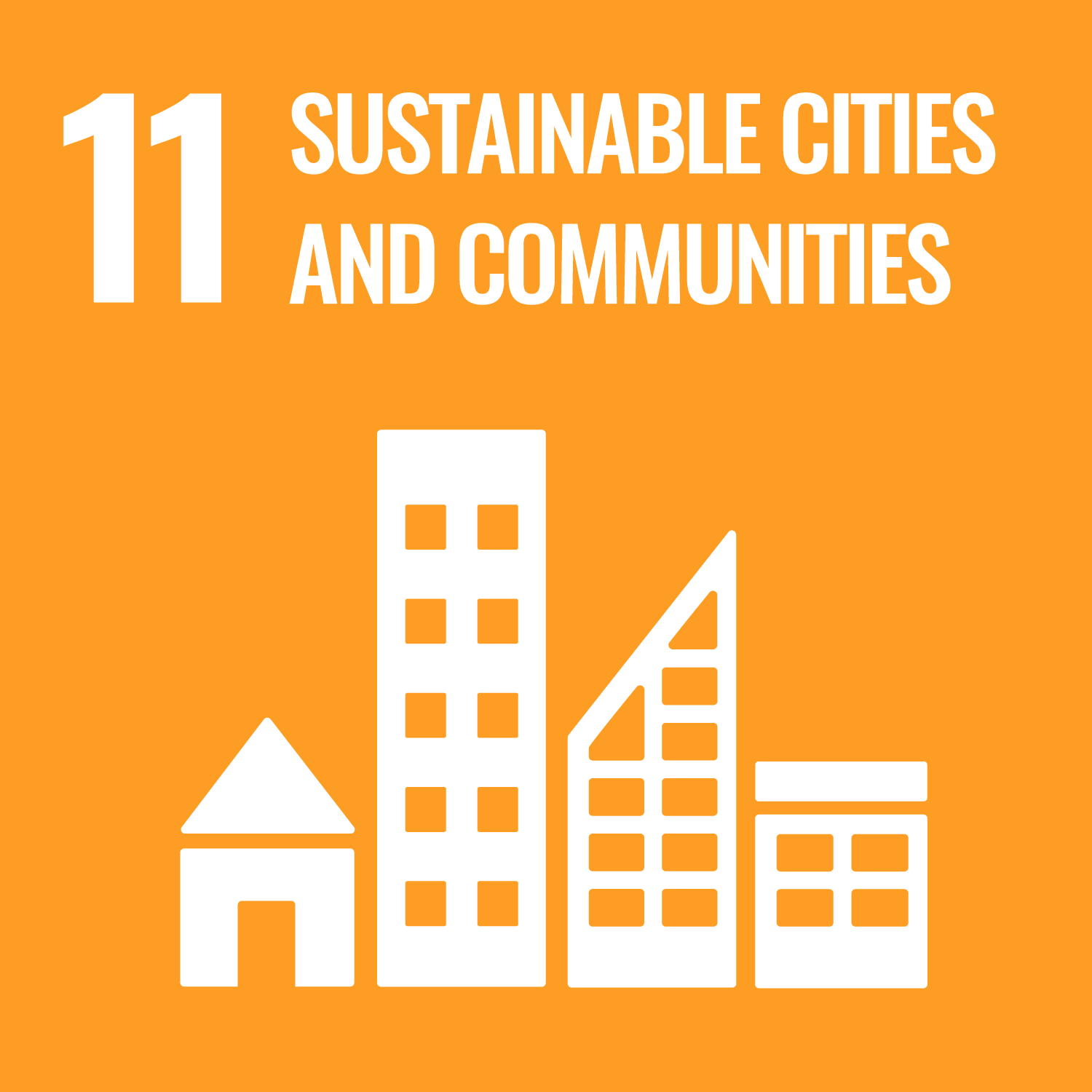
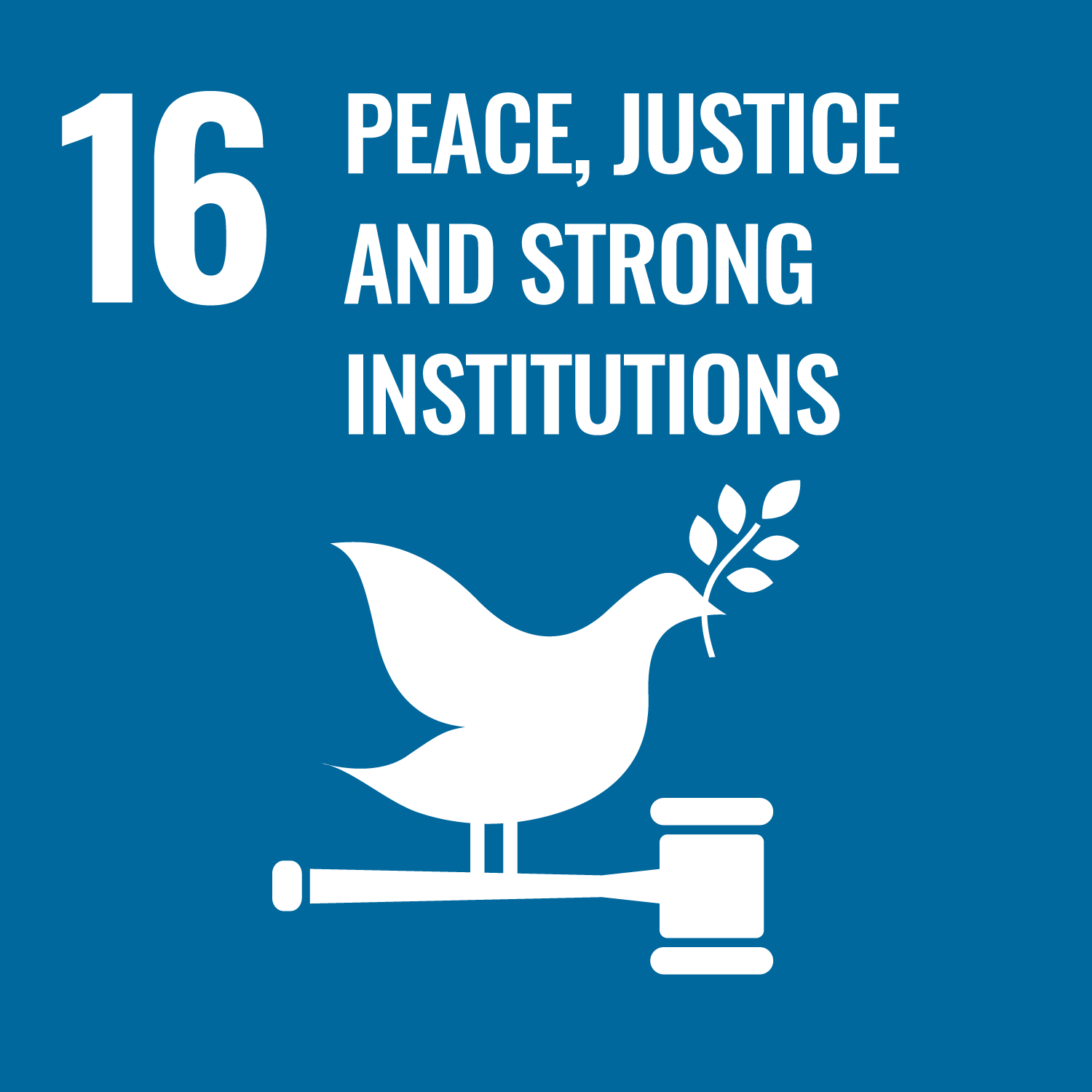
Reflection
This activity was all about communicating. Does the author’s view affect what they write in newspaper articles?
Yes – it’s possible that both the original articles and the groups’ re-written articles are both factually accurate, but the author’s knowledge and views affect what they say. Did people find it easy to communicate with other people in their group? How did people get their point across in their article?
This activity was also about developing skills. Is it a skill to be able to critically evaluate the media?
When else might it be useful to think twice about articles, and evaluate how well-rounded they are? For example, if an article’s talking about a new piece of research or another group of people (like people who claim benefits).
How else could people use their skills to help spread a more rounded understanding of homelessness?
Safety
All activities must be safely managed. You must complete a thorough risk assessment and take appropriate steps to reduce risk. Use the safety checklist to help you plan and risk assess your activity. Always get approval for the activity, and have suitable supervision and an InTouch process.
- Online safety
Supervise young people when they’re online and give them advice about staying safe. Take a look at our online safety or bullying guidance. The NSPCC offers more advice and guidance, too. If you want to know more about specific social networks and games, Childnet has information and safety tips for apps. You can also report anything that’s worried you online to the Child Exploitation and Online Protection Command. As always, if you’ve got concerns about a young person’s welfare, including their online experiences, follow the Yellow Card to make a report.
This activity may be difficult for people who’ve experienced homelessness (or know people that have). Speak to them and their parent or carer beforehand, so you can create a plan for how to make it manageable.
One person in each group could read the articles and everyone else could listen, so it doesn’t matter if some people find reading tricky. You could also look at other media, for example, by focusing on images.
It’s up to each group how they present their retold story. They don’t have to write unless they want to.
All Scout activities should be inclusive and accessible.
Why not display your new articles somewhere, for example, in your meeting place? You could also show things people can do to help tackle homeless and inspire your community to take action.
You could also become a journalist in your local community. You could write stories about homelessness by writing online.
Make sure the stories are a good framing of homelessness! You could put them together to make a booklet or magazine that you could share with local papers or decision makers, such as your local MP, to reinforce the message that we can end homelessness.
